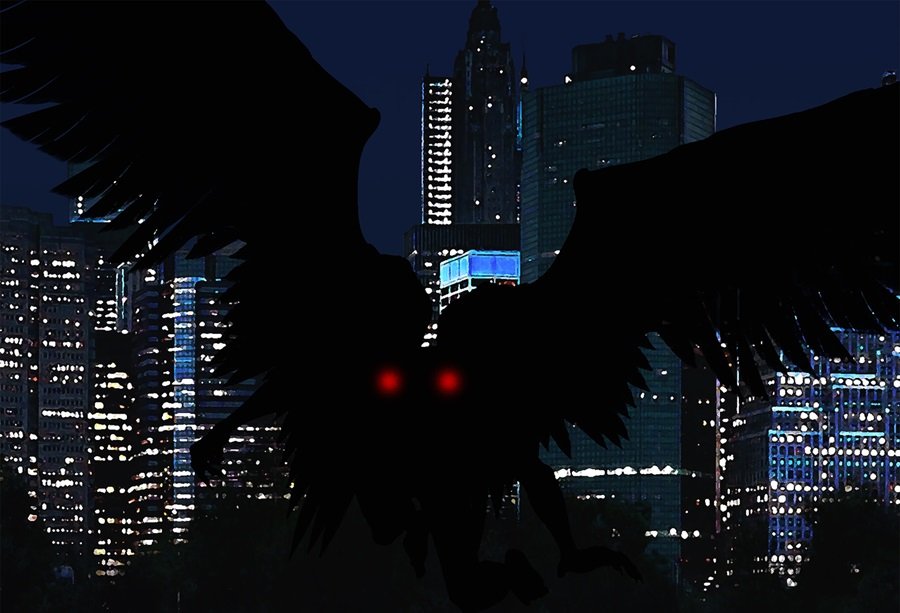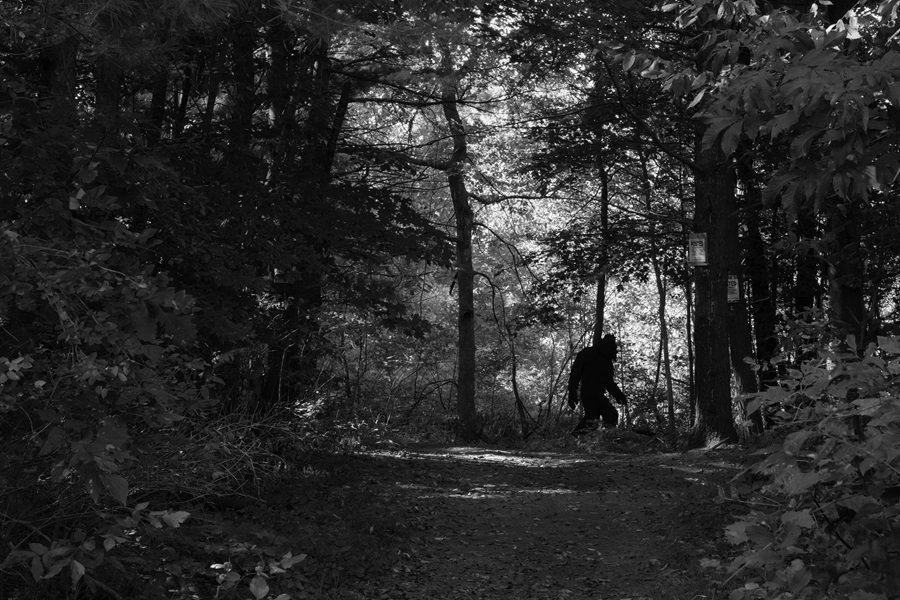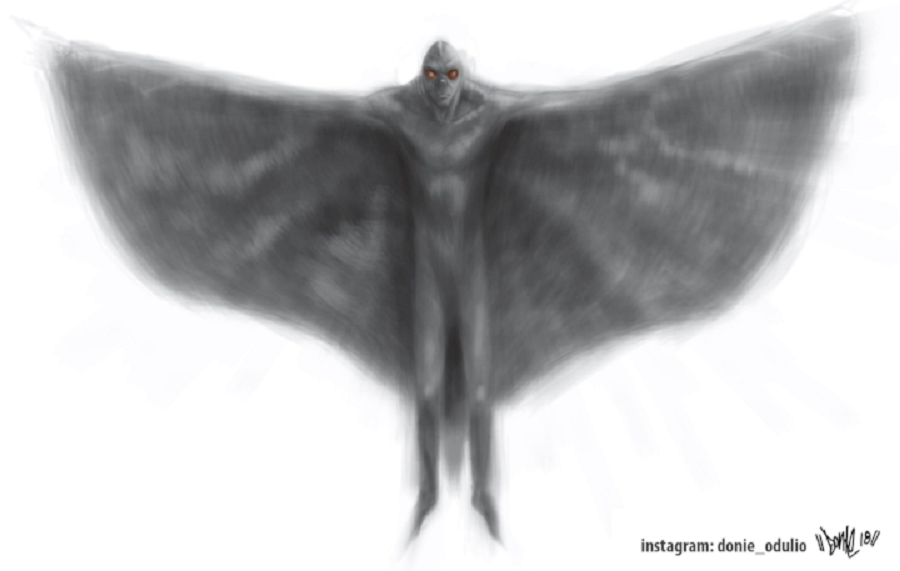Trio of Investigators Claim to Have Captured Footage of Tasmanian Tiger
The Booth Richardson Tiger Team (BRTT) of Australia recently released footage that they claimed showed a surviving Thylacine, or Tasmanian Tiger, on the island of Tasmania. George “Joe” Booth, and his son Greg Booth, said they placed 14 cameras over an area of 50 kilometers near Maydena, and changed the cameras every two weeks.
Greg Booth has based his interest in the Tasmanian Tiger off of an encounter he had in 2015.
"I couldn't believe it," said Booth. "I couldn't sleep for days afterwards."
"It had a really big head, a really long snout, it had a scar up here [on its head]. Its ears were pointed and it had white around the eyes with dark brown eyes set back in the skull of the animal. It was sitting down and looked at me, I was about eight feet away from it. I noticed his paws…you could see the stripes, the tail of the animal went down and it had a bit of a curl right at the end."
"Seeing the animal [changed everything], that's why we did this."
"[Before I saw it] I never believed in them. It's marvelous what you can take note of when it's in front of you."
Booth didn't initially report his sighting because he said he lacked proof, something which he hopes to now have.
His father, Joe Booth, said that he had always believed that a population of thylacines had survived in the area, because of the distinctive high-pitched barks he sometimes hears.
“The thylacine has always existed and always will,” he said.
The father and son took the footage from their trail cameras to Adrian Richardson, a thylacine researcher with 26 years of experience.
“I don’t think it’s a thylacine...I know it’s a thylacine," Richardson said.
The three men together formed the BRTT, and say they will continue to set trail cameras in the area they believe contains the population of thylacines.
Wildlife biologist Nick Mooney analysed the images and visited the site where the thylacine was supposedly spotted.
Mooney, who has been researching thylacine sightings for decades, thinks that although there is a chance it could be a Tasmanian Tiger, it was more likely to be a spotted quoll.
"This footage I saw some months ago now and had a chance to analyse," Mooney said.
"It was better than other stuff I've seen, but it is still not definitely a thylacine in my opinion. I think based on anatomy, movement, behavior size, I think it is perhaps a one-in-five chance it's a thylacine."
The last known thylacine died in captivity in 1936, but held its status as an endangered species until the 1980s, and many scientists believe there is a strong possibility that some survived into the 1960s; although no hard evidence exists to support that hypothesis. Their status today is still hotly debated, but some mainstream scientists take the issue seriously enough to investigate it, including these two Australian academics that we reported on back in March. Meanwhile, video and photographic evidence of supposed thylacines continues to come from Australia, with trail camera footage and pictures having been reported on within the past year, and a school teacher in June claiming that he had taken a video of a thylacine while filming the sunrise.
If you enjoyed this article and would like to support the Singular Fortean Society, please consider becoming an official member by signing up through our Patreon page—membership includes a ton of extra content and behind-the-scenes access to the Society’s inner workings.
Related Stories
Recent News




















